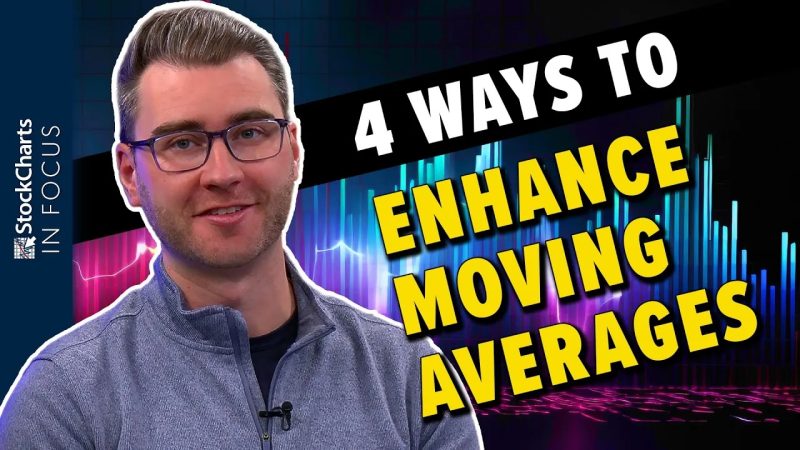Moving averages are a fundamental tool used by traders and analysts to identify trends and make informed decisions in the financial markets. Here are four unique ways to enhance the effectiveness of moving averages on your charts:
1. **Customize Time Periods**: Moving averages are typically calculated based on closing prices over a specified time frame. By customizing the time periods, traders can adapt these indicators to suit different market conditions. Shorter time periods, such as 5 or 10 days, are often used for short-term trading strategies, while longer time periods, like 50 or 200 days, are more suitable for long-term trend analysis. Experimenting with different time periods can offer valuable insights into price movements and help optimize trading strategies.
2. **Combine Multiple Moving Averages**: Combining multiple moving averages on a chart can provide a more comprehensive view of the market trend. Traders often use a combination of short-term (e.g., 20-day), medium-term (e.g., 50-day), and long-term (e.g., 200-day) moving averages to identify potential entry and exit points. The crossover of different moving averages can signal trend reversals or confirm existing trends. Additionally, using a mix of simple moving averages (SMA) and exponential moving averages (EMA) can offer a balanced perspective on price movements.
3. **Apply Moving Average Convergence Divergence (MACD)**: The Moving Average Convergence Divergence (MACD) is a popular technical indicator that incorporates moving averages to generate trading signals. By plotting the MACD line and signal line on a chart, traders can identify potential buy or sell opportunities based on the crossover of these lines. The MACD histogram, which measures the difference between the MACD and signal line, can further enhance the accuracy of trading signals. Integrating the MACD with moving averages can help traders fine-tune their entry and exit points.
4. **Use Moving Averages in Conjunction with Support and Resistance Levels**: Support and resistance levels are critical price levels where a stock tends to find buyers (support) or sellers (resistance). By combining moving averages with support and resistance levels, traders can validate trading decisions and manage risk more effectively. When a moving average aligns with a key support or resistance level, it can act as a strong confirmation signal for potential trade entries. Moreover, using moving averages to set stop-loss levels based on support and resistance can help traders protect their positions against adverse price movements.
In conclusion, enhancing the moving averages on your charts can significantly improve the accuracy of your trading decisions and increase the effectiveness of your overall trading strategy. By customizing time periods, combining multiple moving averages, incorporating MACD, and integrating support and resistance levels, traders can gain a more robust understanding of market trends and make informed choices. Experiment with these techniques to find the best fit for your trading style and objectives.

